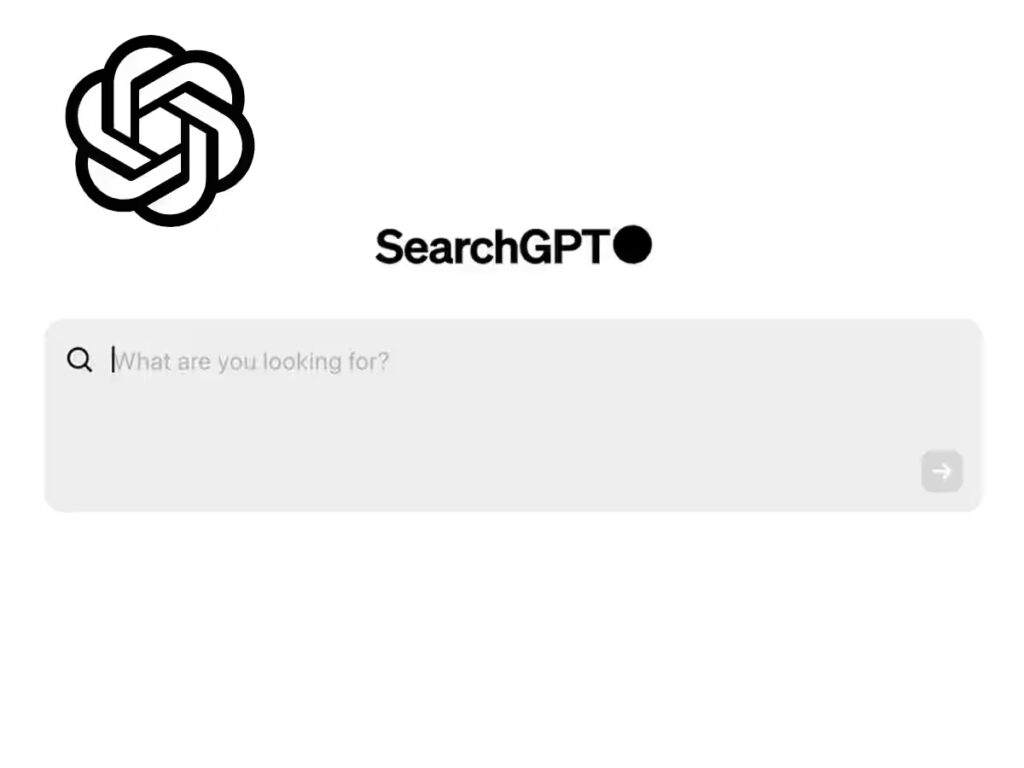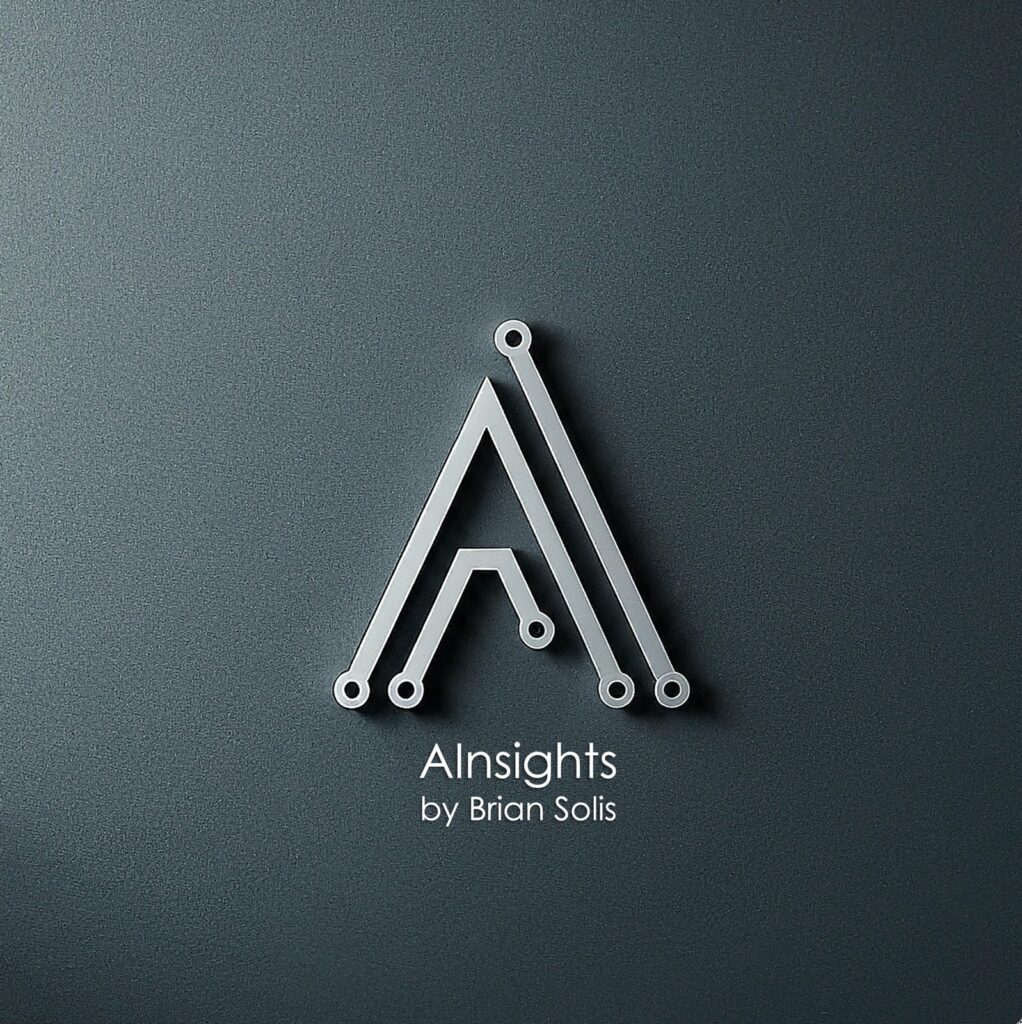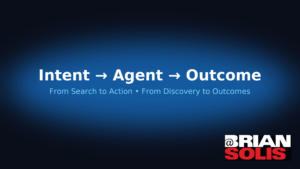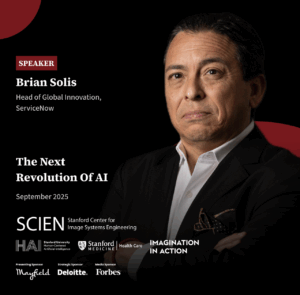
AInsights: Your executive-level insights making sense of the latest in generative AI…
With the launch of my new book, Mindshift: Transform Leadership, Drive Innovation, and Reshape the Future, I’m a little behind in covering some of the industry’s biggest genAI news!
So, let’s jump right in…
During the summer of 2024, OpenAI previewed a prototype of AI search, designed to offer fast and timely answers with “clear and relevant sources.” It was marketed as a new way to search.
On Halloween 2024, OpenAI officially debuted ChatGPT Search, officially taking on traditional search engines and also Perplexity AI at the same time.
The crux of ChatGPT Search is that it blends a natural language, conversational, interface with real-time info curated by generative AI and provides links to relevant web sources in the results.
SearchGPT retrieves real-time information by integrating advanced AI models with up-to-date web data. It leverages third-party search providers and content from direct partners to deliver current and relevant responses. This approach enables SearchGPT to provide timely answers, including live news updates, stock prices, and weather information, while ensuring transparency through clear source citations.
ChatGPT Search provides allows users to interact with information in a more natural way. What’s important here is that users, I don’t love that term, can ask follow-up questions and the AI will consider the full context of the chat to provide better answers.
SearchGPT can automatically determine when to search the web based on user queries, but users also have the option to manually trigger searches by clicking a small blue search button. It’s best-of-breed historical, intelligent search, combined with real-time web search functionality.
Instead of providing a list of links, I’m looking at you Google, ChatGPT Search synthesizes information to give direct answers to queries, while providing links to sources vs algorithmic results. This allows users to get concise, relevant answers without having to sift through multiple search results to apply a human filter to arrive at the most pertinent result. I can’t say that enough.
We, as users, have to sift through algorithmic results in a personal attempt to find the right results. It’s not always easy or effective, which means that we’ll turn to more trusted, peer-driven, results ons sites such as Instagram, TikTok, and Youtube
Here are some of the key features and differentiators of ChatGPT Search…
Conversational Interface
ChatGPT search combines search functionality with a conversational interface, offering a more intuitive way to interact with information. Users can ask follow-up questions, and ChatGPT will consider the full context of the chat to provide better answers.
Web Search Integration
ChatGPT can now search the web to provide up-to-date information on a wide range of topics. This allows users to get current information on everything from weather forecasts to stock prices, news, and more.
Source Attribution
ChatGPT search provides links to sources for the answers it gives, allowing users to verify information and explore topics more deeply. A “Sources” button below the response opens a sidebar with references for further interaction.
Partnerships with Publishers
OpenAI has collaborated with various news organizations and publishers to ensure reliable information sources. These partnerships include agreements with Associated Press, Axel Springer, Financial Times, Reuters, and several other publishers.
AInsights
The biggest frustration with search or any social platform these days is that results and feeds are the product of whatever the latest algorithm is on any given platform. Or, results become the product of the best search engine marketers in the game.
On Google, especially, an entire industry and sub-industries exist to uplift results onto page one, or even better, page zero (the summary, now AI, on the top of the results page). But, it doesn’t mean, at least on Google search, that the results are the most accurate. Instead, the result is the most, usually, manufactured, and not aligned to a user’s desired outcome. Even
One of the biggest, unforeseen threats, to conventional search is the conversational aspect of generative AI prompts. Those, for years, users have typed more conversational queries into search boxes, results were algorithmically optimized (or gamed) to align with the search query. We usually referred to it as keyword anthropology.
But unlike Google’s scrolling list of links, ChatGPT provides synthesized, direct answers to queries, potentially streamlining the search process. The goal is to combine web search with ChatGPT’s language understanding to provide more contextually relevant results.
I’ve always believed, context is king. Relevant, intuitive, meaningful content is inspired by context.
You may or may not know, but I’m a huge fan, and customer, of Perplexity. I use Perplexity as a research and deep search engine. I appreciate the sources and citations, which allow me to further understand any given subject by reading and learning at my own direction.
SearchGPT appears to be following this path and I look forward to comparing the results. I’m also a paying customer of ChatGPT, so this is will all be to my benefit! 😁
With that said, OpenAI is taking on Google and Perplexity with SearchGPT.
Let’s breakdown the differences between them for executive users:
Google ranks web pages based on authority, relevance, and SEO factors, providing lists of links to various sources.
Perplexity provides synthesized answers derived from multiple reputable sources, emphasizing clarity and factual accuracy. It allows follow-up questions in a conversational format.
SearchGPT delivers conversational AI-driven answers directly within search results. It adapts responses based on user context and queries.
One use case might be to explore SearchGPT’s ability to help with running competitive analyses…
Business executives can leverage SearchGPT’s real-time data capabilities for competitive analysis in several impactful ways. The integration of real-time search functionality allows for immediate insights into market trends, competitor activities, and consumer behavior, which are essential for strategic decision-making. Key Strategies for Leveraging SearchGPT
1. Real-Time Market Insights: SearchGPT enables businesses to gather immediate insights into market trends and shifts. Executives can monitor emerging trends and competitor strategies as they happen, allowing for timely adjustments to their business strategies. This capability is crucial in fast-paced industries where staying ahead of the curve can significantly impact market positioning.
2. Competitive Analysis and Benchmarking: Utilizing SearchGPT, businesses can conduct thorough competitive analyses by tracking competitor activities and evaluating industry benchmarks. By comparing their performance metrics against industry standards in real time, companies can identify areas of strength and weakness, inspiring innovation and continuous improvement. This information helps executives set achievable targets and adjust strategies proactively.
3. Data-Driven Audience Insights: SearchGPT can provide detailed insights into specific audience segments by analyzing real-time data related to customer preferences and behaviors. This enables businesses to refine their marketing messages and campaign strategies based on current consumer trends, enhancing personalization efforts and aligning more closely with customer needs.
4. Responsive Customer SupportL The platform facilitates efficient customer interactions by providing instant access to relevant information. Executives can use SearchGPT to enhance customer support systems, enabling teams to respond quickly to inquiries with accurate, up-to-date information. This responsiveness not only improves customer satisfaction but also strengthens brand loyalty.
5. Agile Decision-Making: Real-time data analysis through SearchGPT empowers executives to make informed decisions rapidly. By analyzing current market conditions, operational metrics, and consumer feedback as they occur, businesses can adapt strategies swiftly to changing circumstances, thereby maintaining a competitive edge.
6. Identifying Opportunities for Innovation: By continuously monitoring the competitive landscape using SearchGPT, executives can spot gaps in the market or areas where competitors excel. This insight can drive innovation within their own organizations, leading to the development of new products or services that meet emerging consumer demands.

And here’s what that looks like…

—
My first book in five years is out! It’s called Mindshift: Transform Leadership, Drive Innovation, and Reshape the Future. And, it’s available to order now. Please visit Mindshift.ing to learn more!
Please subscribe to AInsights, here.
If you’d like to join my master mailing list for news and events, please follow, a Quantum of Solis.






Leave a Reply